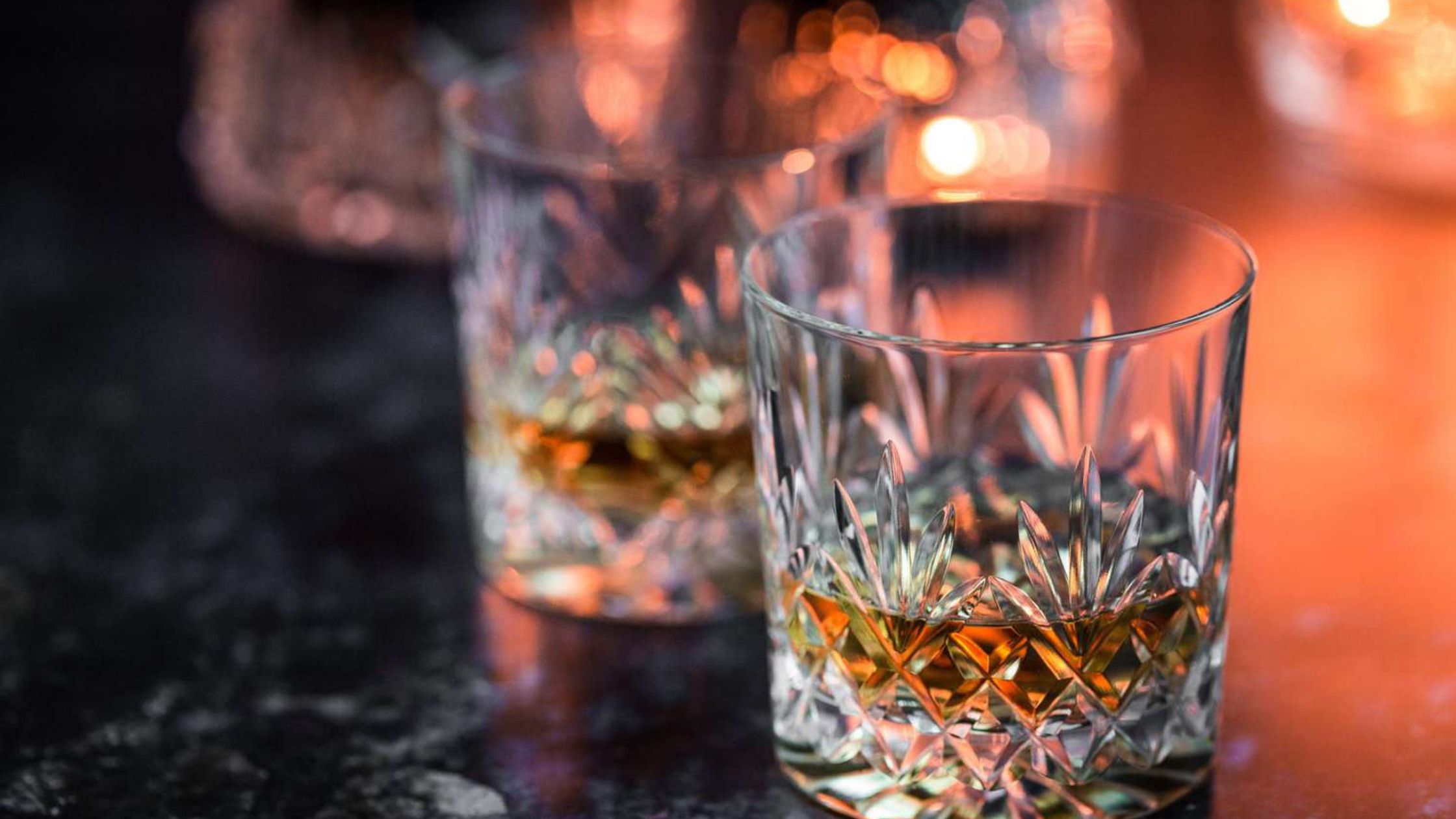History of Whisky: From Monastic Roots to Global Fame
2025-06-03


When it comes to whiskey, two of the most renowned varieties are bourbon and scotch. Both types are revered among enthusiasts worldwide for their distinct taste, origin, production methods, and unique characteristics that set each apart. In this article we'll take an in-depth look at these differences to help you identify your perfect variety!
Bourbon whiskey hails from Kentucky in the United States. According to U.S. regulations, for any whisky to legally qualify as bourbon, it must contain at least 51% corn and be aged in new charred oak barrels before becoming legal to sell on store shelves. Bourbon has a deep connection to American history and craftsmanship and remains a popular spirit today.
Bourbon is famously loved for its rich, sweet, and velvety texture, thanks to its high corn content, which imparts notes such as vanilla, caramel, honey, and oak. Some bourbons even show evidence of spice due to secondary grains used, such as rye or wheat, used during production.
Scotch whiskey hails exclusively from Scotland. Unlike its American counterpart bourbon, scotch is typically produced using malted barley and aged for at least three years in oak barrels before its distinctive flavor emerges; this process and use of peat smoke in some varieties gives scotch its distinct character.
Scotch flavor profiles differ widely depending on its region of production, though generally scotch has more complex and smoky tastes compared to bourbon, often featuring earthy peatiness or lighter fruitier or floral tones; its unique character is determined by using peat in drying malt before aging in different barrels.
While both whiskeys share some similarities in ingredients and production processes, their differences create distinct flavor profiles and create different characteristics of enjoyment.
| Bourbon | Scotch | |
| Origin | USA | Scotland |
| Main Ingredient | 51% Corn | Malted Barley |
| Aging | New Charred Oak Barrels | Used Oak Barrels |
| Flavor | Sweet & Smooth | Smoky & Complex |
If you are new to whiskey, bourbon might be the better choice due to its smoother, sweeter flavor. Brands like Maker’s Mark, Jim Beam, and Wild Turkey offer excellent entry-level options.
If you enjoy smoky and earthy flavors, scotch—especially from regions like Islay—might be ideal. Peated scotches such as Laphroaig and Ardbeg offer bold, smoky profiles.
Bourbon is a staple in classic cocktails like the Old Fashioned and Manhattan due to its sweet and smooth nature. Scotch, on the other hand, is traditionally enjoyed neat or with a splash of water.
Scotch, especially single malts aged over 12 years, is highly sought after by collectors and connoisseurs. Limited-edition releases from distilleries like Macallan and Glenlivet are prized for their depth of flavor and aging process.
| Preference | Bourbon | Scotch |
| Best Served | Neat, On the Rocks, Cocktails | Neat, With a Splash of Water |
| Glass Type | Old-fashioned Glass | Glencairn Glass |
| Popular Cocktails | Old Fashioned, Manhattan | Scotch & Soda, Rob Roy |
Bourbon and Scotch differ far beyond just their geographic origins; each offers something special when it comes to flavor. If you prefer sweeter and smoother whiskey, Bourbon may be your go-to drink; otherwise, Scotch may provide more complexity with its peaty finish and complex spirit profile.
A taste test is always the best way to decide between Bourbon and Scotch, offering insight into various brands and styles of both whiskeys. Bourbon or Scotch offer incredible craftsmanship and flavor that any whiskey enthusiast can appreciate! Cheers!